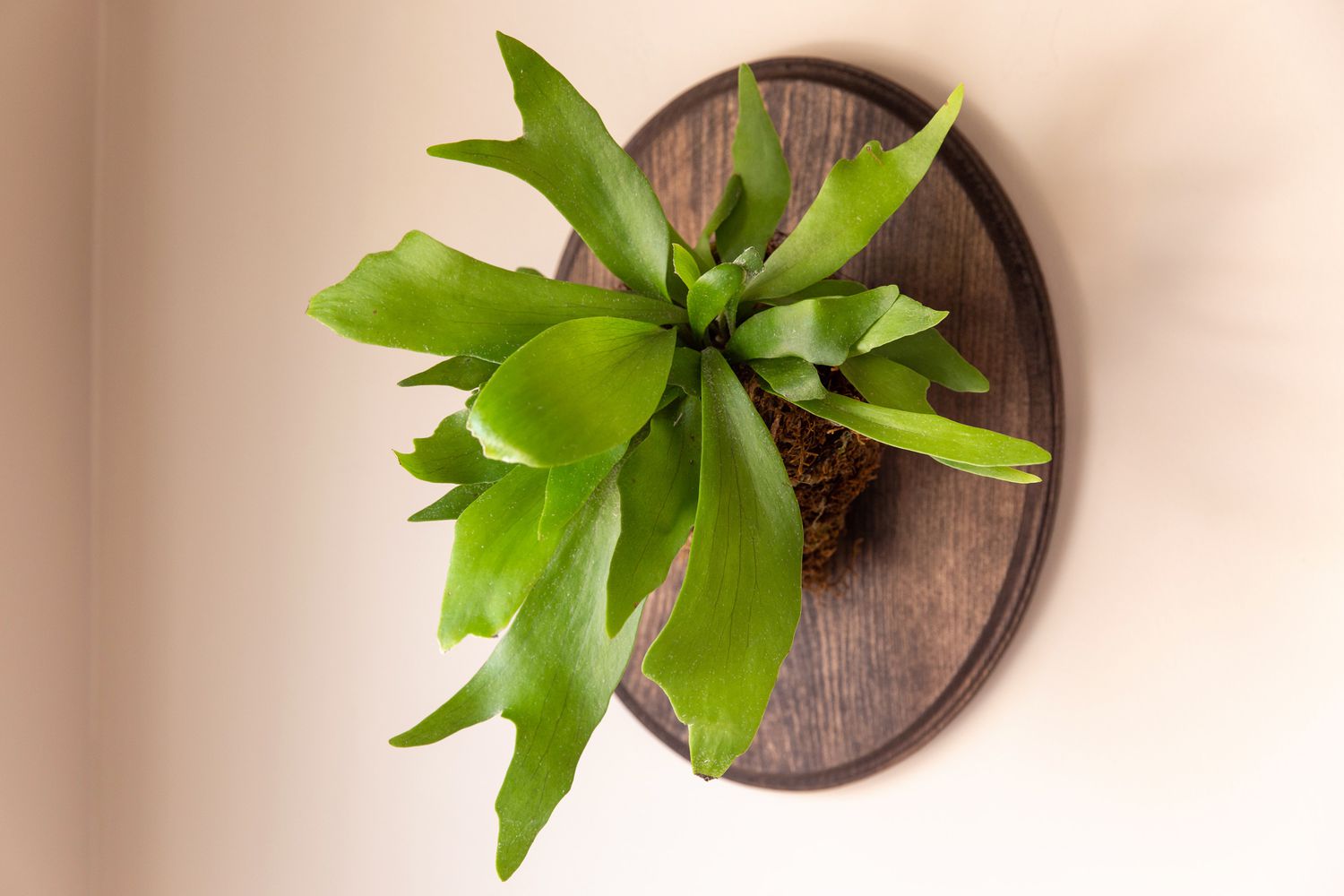
Staghorn ferns, with their striking appearance and unique growth habits, have captivated both plant enthusiasts and casual observers alike. These fascinating plants, known for their distinctive antler-like fronds, belong to the genus Platycerium and are native to tropical regions around the world. Aside from their eye-catching appearance, staghorn ferns boast an array of intriguing qualities that make them stand out in the botanical world. From their ability to grow epiphytically on trees to their adaptive reproductive strategies, there is much to discover about these fascinating ferns. In this article, we will explore ten intriguing facts about staghorn ferns that will leave you even more enchanted by these remarkable plants. So, let’s dive into the world of staghorn ferns and uncover the secrets behind their captivating nature.
Key Takeaways:
- Staghorn Ferns are unique plants that can grow on other objects, making them a fascinating addition to any space. They also help purify the air, making them great for indoor environments.
- These ferns are easy to care for and can live for many years with the right conditions. Their antler-like fronds and ability to grow on various surfaces make them a beautiful and versatile choice for plant lovers.
Staghorn Ferns are epiphytes.
These fascinating plants are not rooted in the ground like regular ferns. Instead, they grow on other plants or objects, using their roots to attach themselves. This unique adaptation allows them to thrive in a variety of environments.
Staghorn Ferns have distinctive antler-like fronds.
The fronds of the Staghorn Fern resemble the antlers of a stag, hence the name. These fronds can grow quite large and can span up to three feet in length. They have a beautiful green color and add a touch of elegance to any space.
Staghorn Ferns are excellent air purifiers.
These plants are known for their ability to purify the air by removing toxins and pollutants. They efficiently absorb formaldehyde, xylene, and other harmful substances, making them a great addition to any indoor environment.
Staghorn Ferns are native to tropical regions.
These ferns are naturally found in tropical areas such as Southeast Asia, Australia, and Africa. They thrive in warm and humid conditions, making them a popular choice for indoor gardening in households with suitable climates.
Staghorn Ferns are easy to propagate.
These ferns can be easily propagated by dividing the plant or by using spores. By following simple steps, you can create new plants and expand your Staghorn Fern collection.
Staghorn Ferns can be grown on a variety of surfaces.
These versatile plants can be mounted on wooden boards, tree stumps, or even hung directly on walls. Their adaptive nature allows them to grow in different ways, adding a unique and aesthetically pleasing element to any space.
Staghorn Ferns require indirect light.
While they enjoy bright spaces, Staghorn Ferns prefer indirect sunlight. Placing them near a window with filtered light or in a well-lit room is ideal for their growth and overall health.
Staghorn Ferns require proper watering techniques.
These ferns have specific watering needs. They should be watered thoroughly but allowed to dry out between waterings. Overwatering can lead to root rot, so it’s important to find the right balance to keep your Staghorn Fern healthy.
Staghorn Ferns can be a unique addition to living walls.
Living walls, also known as vertical gardens, are becoming increasingly popular in indoor spaces. Staghorn Ferns can be incorporated into these living walls, adding a touch of natural beauty and enhancing the overall aesthetic.
Staghorn Ferns have a long lifespan.
With proper care, Staghorn Ferns can live for several decades. By providing them with the right conditions and regular maintenance, you can enjoy their unique beauty for years to come.
Conclusion
In conclusion, the Staghorn Fern is a fascinating plant that captivates plant enthusiasts with its unique characteristics and versatile growth habits. From its striking appearance resembling a deer’s antlers to its ability to thrive in various environments, this tropical epiphyte deserves a special place in anyone’s indoor or outdoor garden. With proper care and attention, this magnificent fern can flourish and become a stunning centerpiece in your plant collection.Its air purifying properties, adaptability to different light conditions, and low maintenance requirements make it an ideal choice for both novice and experienced plant lovers. Whether you choose to mount it on a wooden board, hang it in a basket, or display it on a tree trunk, the Staghorn Fern is sure to captivate and impress everyone who sees it.So, why not embrace the beauty and charm of the Staghorn Fern and add a touch of elegance to your botanical collection? Give it a try and let this magnificent fern enchant you with its unique allure.
FAQs
1. How often should I water my Staghorn Fern?
Staghorn Ferns require regular watering, but it’s important not to overwater them. In general, they should be thoroughly watered once a week, allowing the water to completely soak the roots and fronds. However, the frequency may vary depending on environmental factors such as temperature and humidity.
2. Can I grow a Staghorn Fern indoors?
Yes, Staghorn Ferns can be grown indoors. They prefer bright, indirect light, so placing them near a window with filtered sunlight is ideal. Additionally, it’s important to provide them with a humid environment by misting their fronds or placing a tray of water nearby.
3. How do I fertilize my Staghorn Fern?
Fertilizing your Staghorn Fern is essential for its growth and health. Use a balanced liquid houseplant fertilizer diluted to half strength and apply it every 2-3 months during the growing season (spring and summer). Avoid direct contact with the fronds and apply the fertilizer around the base of the plant.
4. Can I mount my Staghorn Fern on a wooden board?
Yes, mounting a Staghorn Fern on a wooden board is a popular and aesthetically pleasing method of display. You can secure it by attaching the plant to the board with sphagnum moss or coconut fiber and nylon fishing line. Ensure that the board is sturdy and well-drained to prevent moisture buildup.
5. How do I propagate my Staghorn Fern?
Propagating a Staghorn Fern can be done through division or spores. To divide the plant, gently separate the offshoots or “pups” from the main plant and plant them in a well-draining medium. Alternatively, collect spores from the underside of mature fronds and sow them in a suitable growing medium to cultivate new plants.
If you're fascinated by Staghorn Ferns, why not explore other captivating tropical plants like Bromeliads? Discover how to create a lush indoor jungle with our collection of houseplant facts and uncover the surprising world of ferns. From their unique growth habits to their air-purifying properties, there's always more to learn about these incredible plants.
Was this page helpful?
Our commitment to delivering trustworthy and engaging content is at the heart of what we do. Each fact on our site is contributed by real users like you, bringing a wealth of diverse insights and information. To ensure the highest standards of accuracy and reliability, our dedicated editors meticulously review each submission. This process guarantees that the facts we share are not only fascinating but also credible. Trust in our commitment to quality and authenticity as you explore and learn with us.


